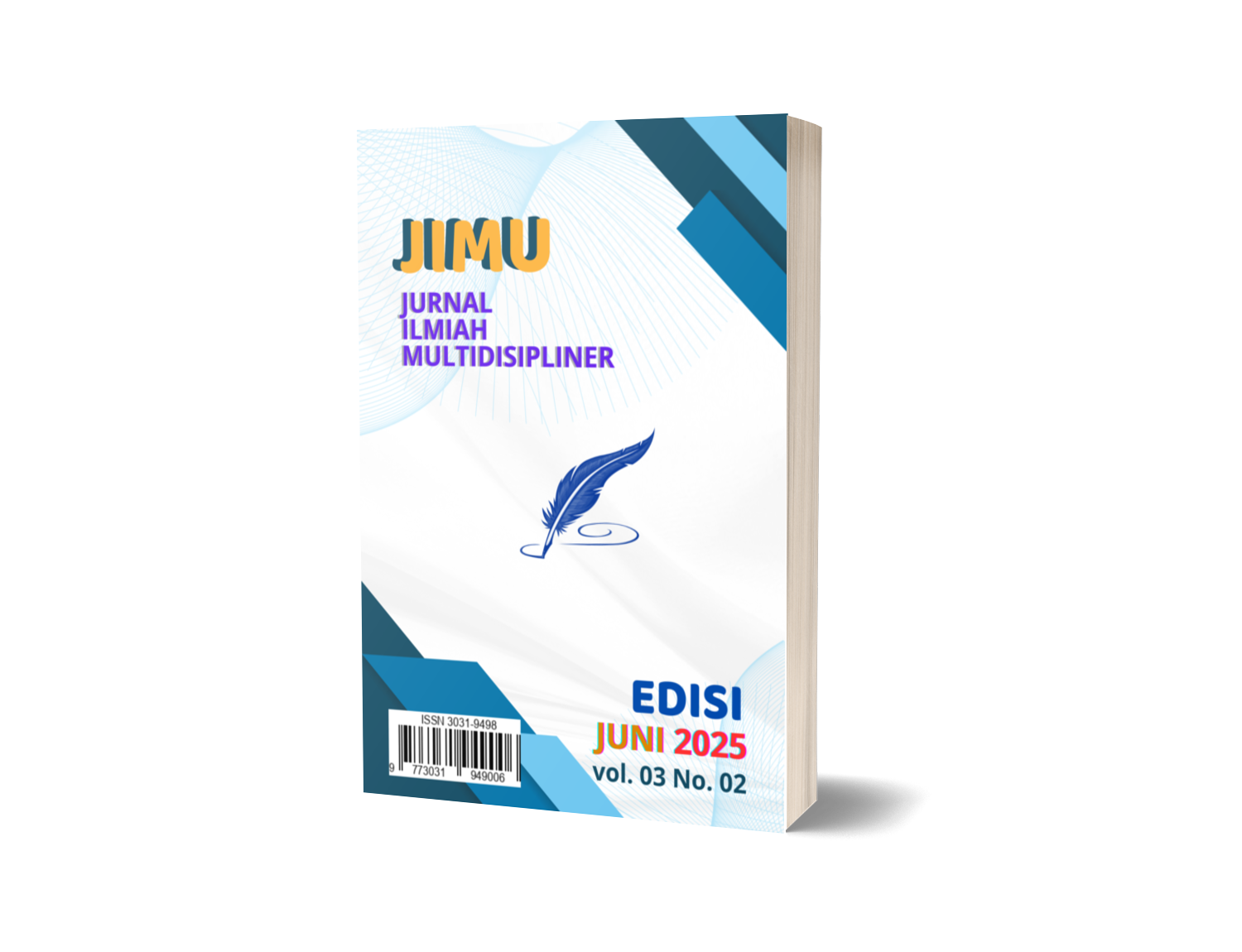Analisis Semiotika pada Lirik Lagu Tradisional Bugis Ininnawa Sabbara’e: Teori Charles Peirce
Kata Kunci:
Semiotics, Ininnawa Sabbara’e, Symbolic meaningAbstrak
The traditional song Ininnawa Sabbara’e is one form of Bugis cultural heritage that is full of the values of patience (sabbara) and determination (ininnawa). This song not only functions as entertainment, but also as a medium to convey moral messages, life philosophy, and noble values of the Bugis people. However, its existence is increasingly threatened by the influence of modernization and globalization which causes the younger generation to be less familiar with the deep meaning of this song. This study aims to analyze the symbolic meaning in the lyrics of the song Ininnawa Sabbara’e using Charles Sanders Peirce's semiotic approach. A qualitative approach was used in this study, with data collection techniques in the form of documentation, interviews, observations, and record analysis. The data were analyzed using Peirce's sign theory, which includes three main elements: representamen (physical signs), objects (cultural references), and interpretants (meaning). The results of the study show that the lyrics of this song represent Bugis cultural values, such as siri’ na pacce (self-esteem and empathy), through symbols that are rich in meaning.
Unduhan
Referensi
Abrams, M. 1993. Dasar-dasar Metafisika Moral. Fort Wort: Penerbit Harcout Brace Collge Kant.
Geertz, C. 1976. Penafsiran Budaya. New York: Ba Peirce, Kumpulan Makalah Charles Sanders Peirce, 1-8.
Kluckhohn, F., & Strodtbeck. 1961. Konsekuensi Budaya: Perbedaan Internasional dalam Nilai-Nilai yang Terkait Dengan Pekerjaan. Beverlya Hills: Sage Publis.
Sujimat, D. Agus. 2000. Penulisan karya ilmiah. Makalah disampaikan pada pelatihan penelitian bagi guru SLTP Negeri di Kabupaten Sidoarjo tanggal 19 Oktober 2000 (Tidak diterbitkan). MKKS SLTP Negeri Kabupaten Sidoarjo
Suparno. 2000. Langkah-langkah Penulisan Artikel Ilmiah dalam Saukah, Ali dan Waseso, M.G. 2000. Menulis Artikel untuk Jurnal Ilmiah. Malang: UM Press.
UNESA. 2000. Pedoman Penulisan Artikel Jurnal, Surabaya: Lembaga Penelitian Universitas Negeri Surabaya.









